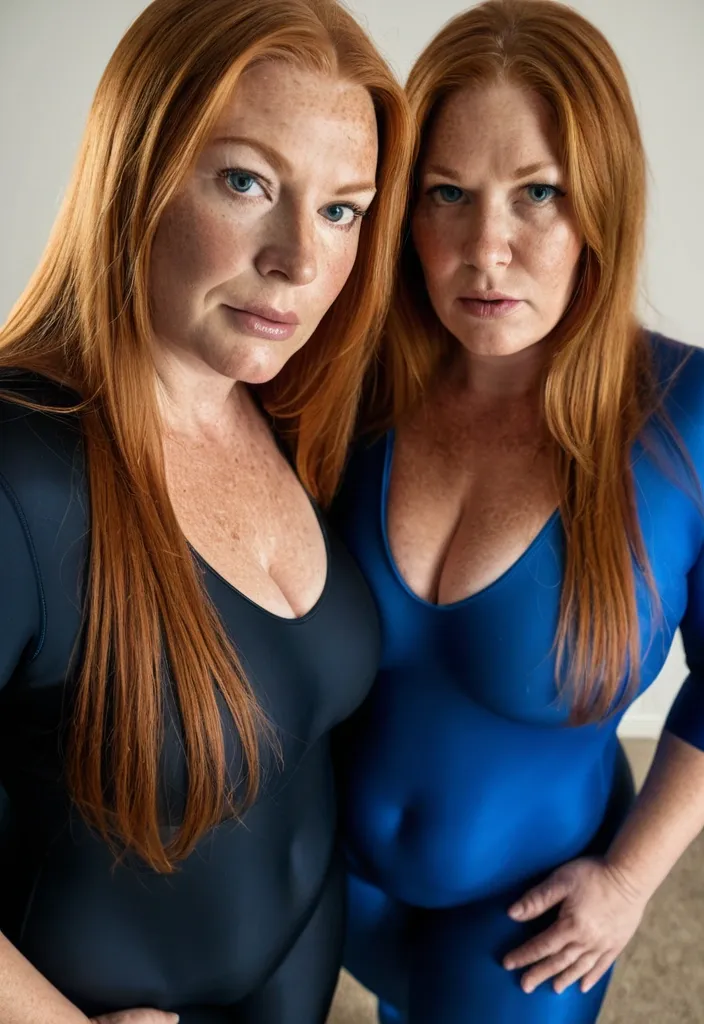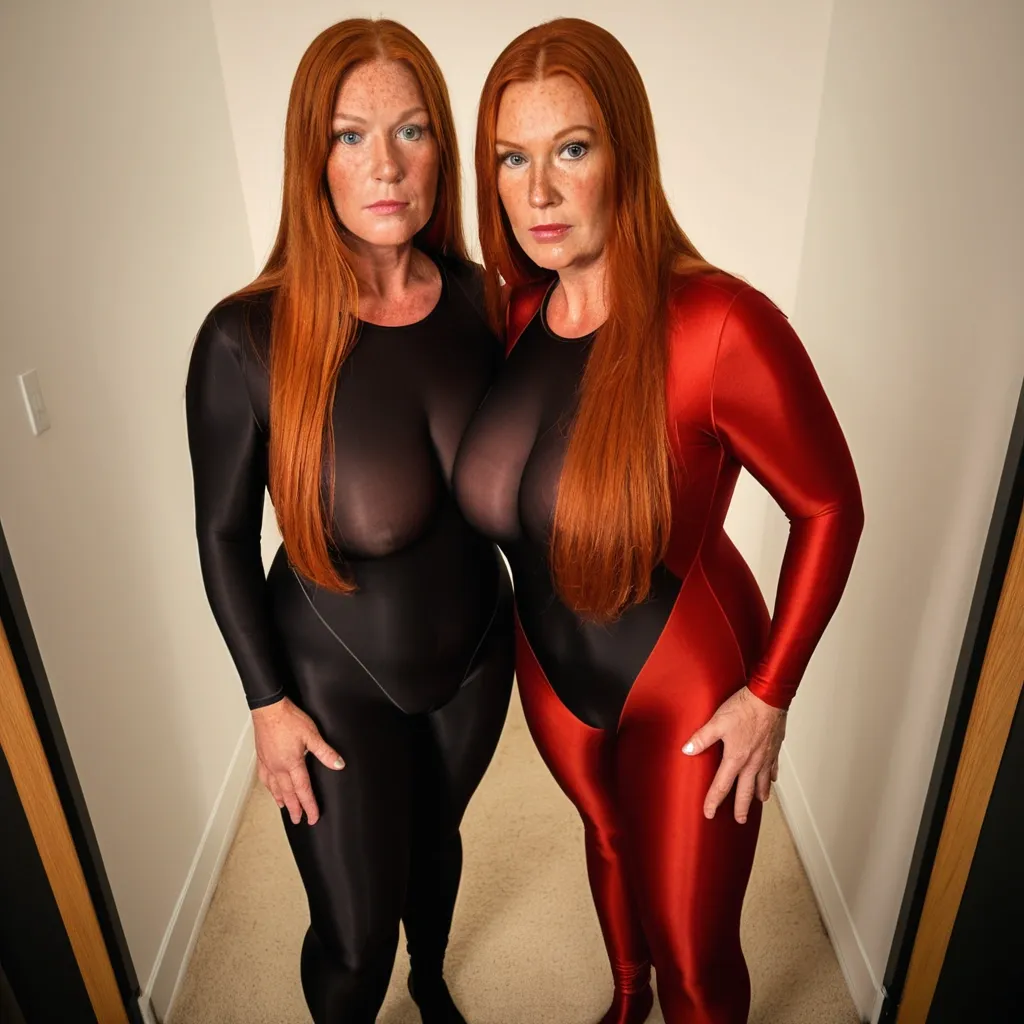Search Results for ample
Explore AI generated designs, images, art and prompts by top community artists and designers.
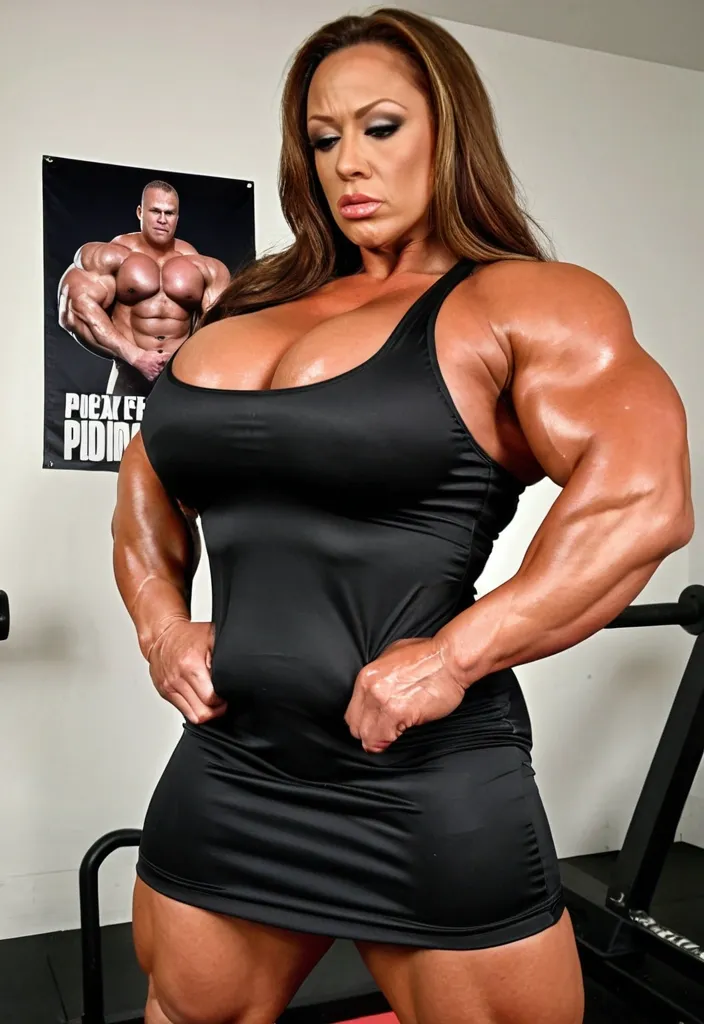
Very big Gorgeous female too big breast , bbw muscular enormous bimbo powerlifteuse , abnormally massive female muscular bodybuilder , bbw , Géante dame , Leah Remini face , curvacious , gorgeous , wearing sexiest sensual black sleep ample dress décolletée , gros biceps énormes , flexing muscles , cuisses en évidence , flexing biceps , make up , pov boxing poster ,
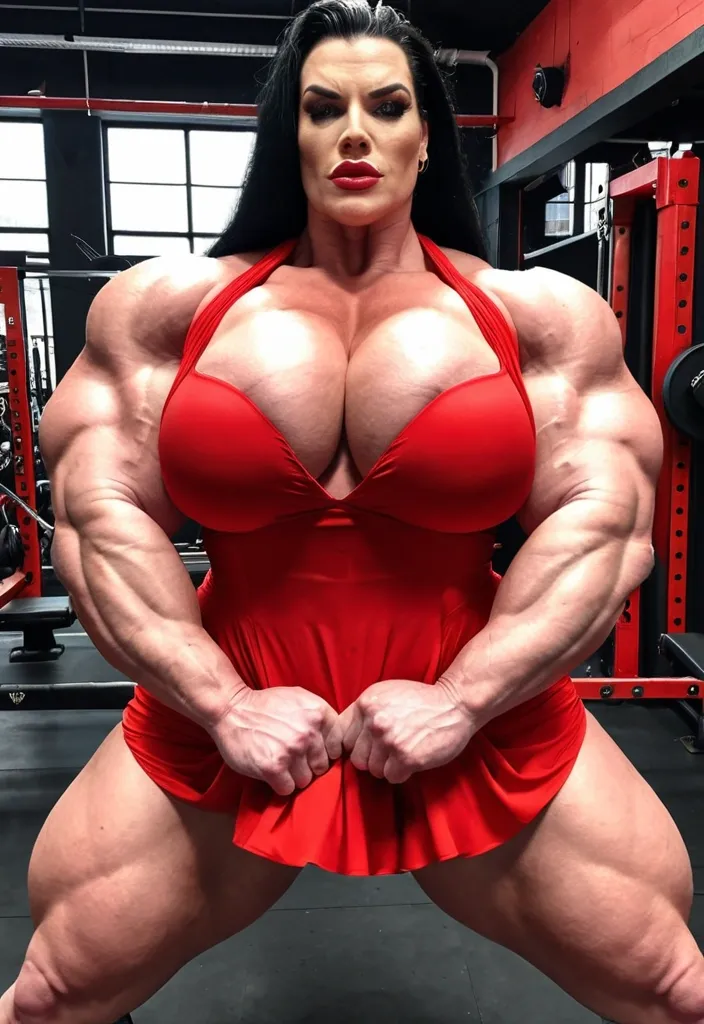
Very big Gorgeous female too big breast , bbw muscular enormous bimbo powerlifteuse , abnormally massive female muscular bodybuilder , bbw , Géante dame , anya Taylor joy face , curvacious , gorgeous , wearing sexiest sensual red sleep ample dress décolletée , gros biceps énormes , flexing muscles , cuisses en évidence , flexing biceps , make up , pov boxing poster ,
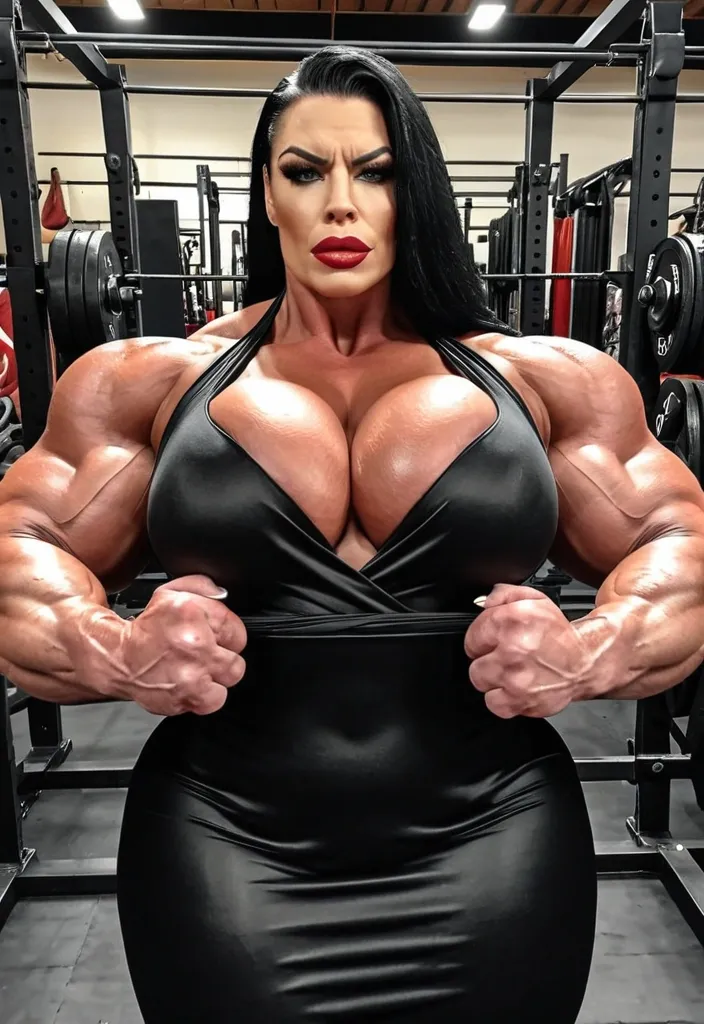
Very big Gorgeous female too big breast , bbw muscular enormous bimbo powerlifteuse , abnormally massive female muscular bodybuilder , bbw , Géante dame , anya Taylor joy face , curvacious , gorgeous , wearing sexiest sensual black sleep ample dress décolletée , gros biceps énormes , flexing muscles , cuisses en évidence , flexing biceps , make up , pov boxing poster ,
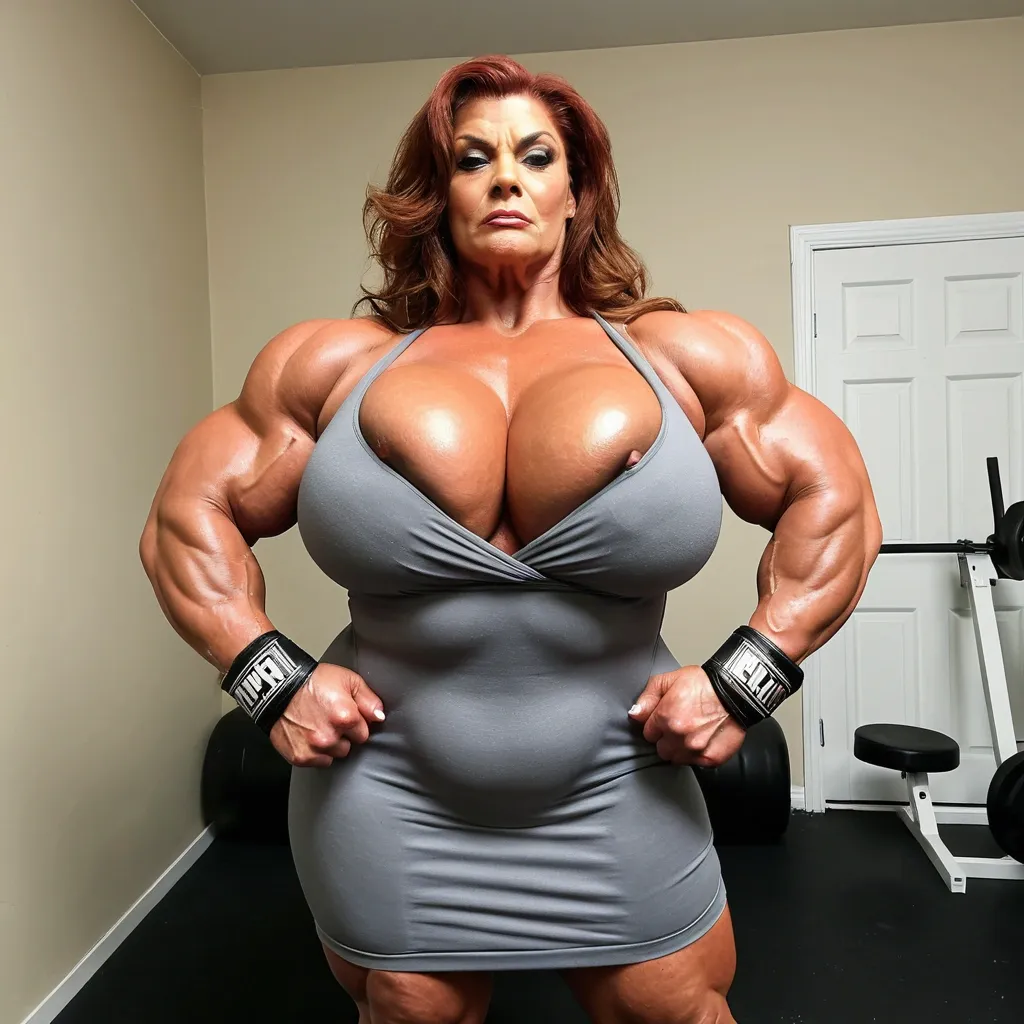
Very big Gorgeous female too big breast , bbw muscular enormous bimbo powerlifteuse , abnormally massive female muscular bodybuilder , bbw , Géante dame , susan sarandon face , curvacious , gorgeous , wearing sexiest sensual gris sleep ample dress décolletée , gros biceps énormes , flexing muscles , cuisses en évidence , flexing biceps , make up , pov boxing poster ,
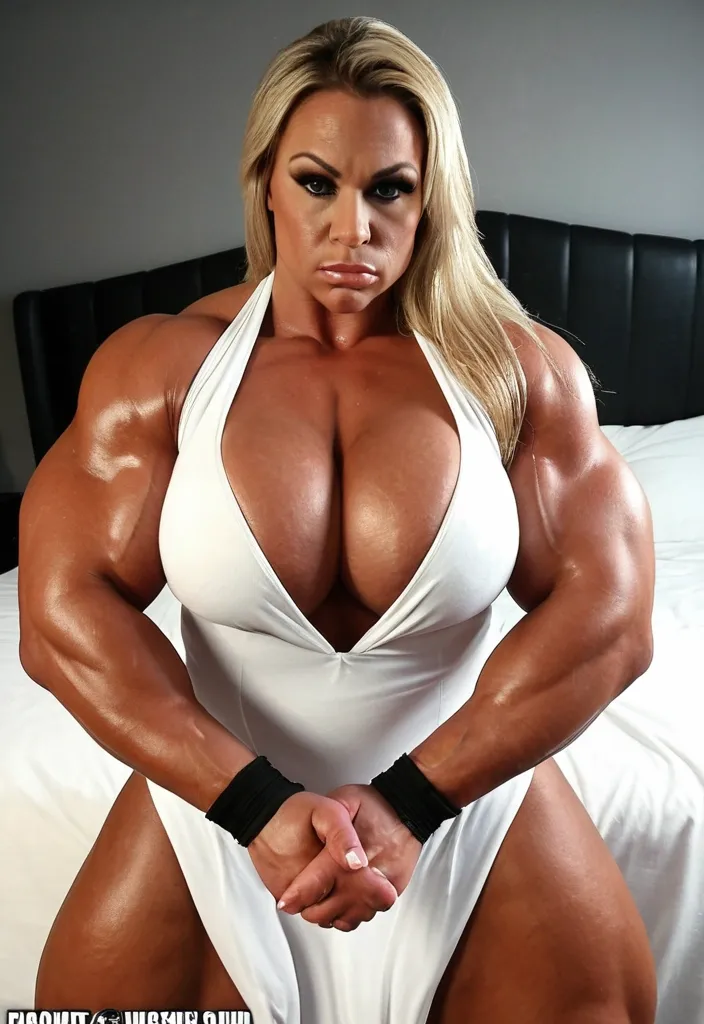
Very big Gorgeous female too big breast , bbw muscular enormous bimbo powerlifteuse , abnormally massive female muscular bodybuilder , bbw , Géante dame , Christine Taylor face , curvacious , gorgeous , wearing sexiest sensual white sleep ample dress décolletée , gros biceps énormes , flexing muscles , cuisses en évidence , flexing biceps , make up , pov boxing poster ,
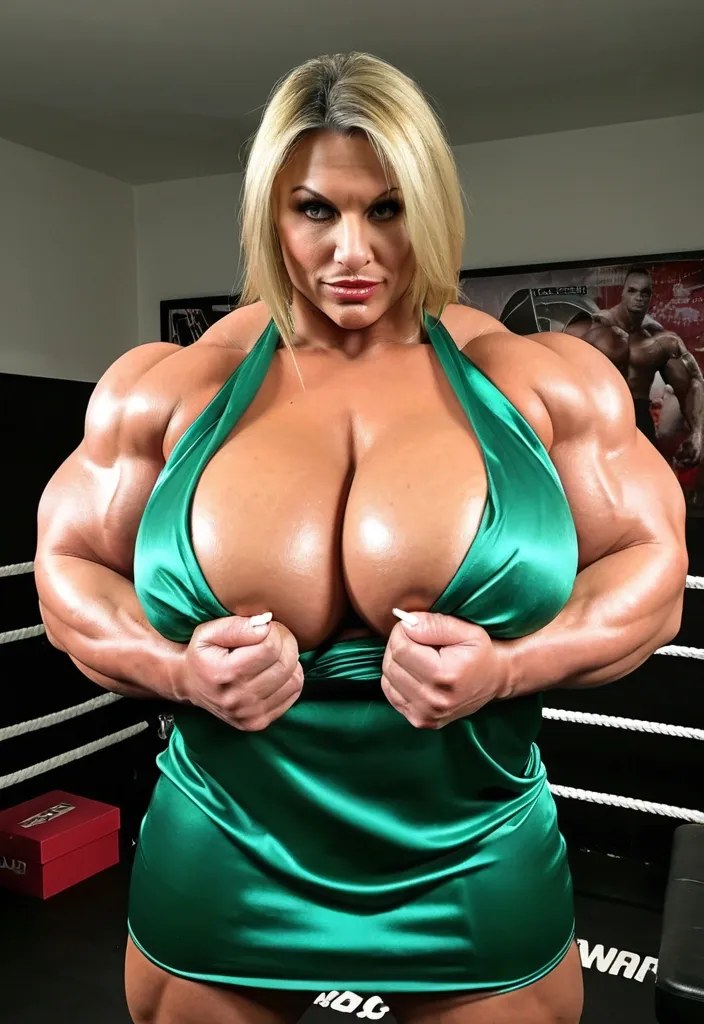
Very big Gorgeous female too big breast , bbw muscular enormous bimbo powerlifteuse , abnormally massive female muscular bodybuilder , bbw , Géante dame , Cameron Diaz face , curvacious , gorgeous , wearing sexiest sensual vert satin sleep ample dress décolletée , gros biceps énormes , flexing muscles , cuisses en évidence , flexing biceps , make up , pov boxing poster ,
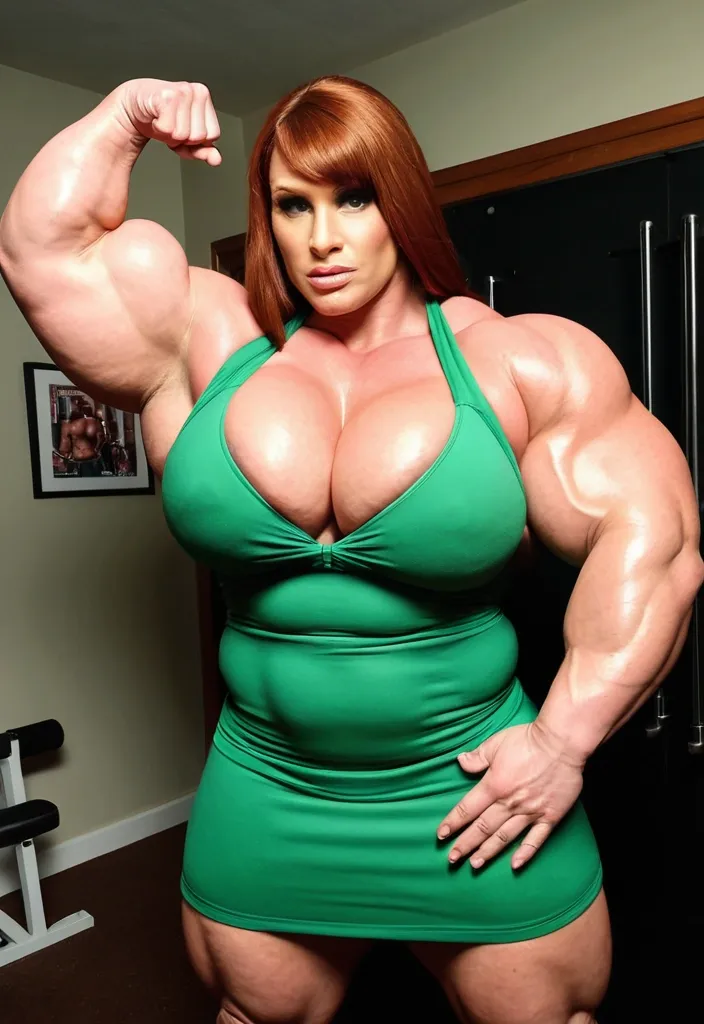
Very big Gorgeous female too big breast , bbw muscular enormous bimbo powerlifteuse , abnormally massive female muscular bodybuilder , bbw , Géante dame , Bryce Dallas Howard face , curvacious , gorgeous , wearing sexiest sensual vert housewife ample dress décolletée , gros biceps énormes , flexing muscles , cuisses en évidence , flexing biceps , make up , pov boxing poster ,

Very big Gorgeous female too big breast , bbw muscular enormous bimbo powerlifteuse , abnormally massive female muscular bodybuilder , bbw , Géante dame , Kate winslet face , curvacious , gorgeous , wearing sexiest sensual gris ample pom pom girl uniform dress décolletée , gros biceps énormes , flexing muscles , cuisses en évidence , flexing biceps , make up , pov boxing poster ,
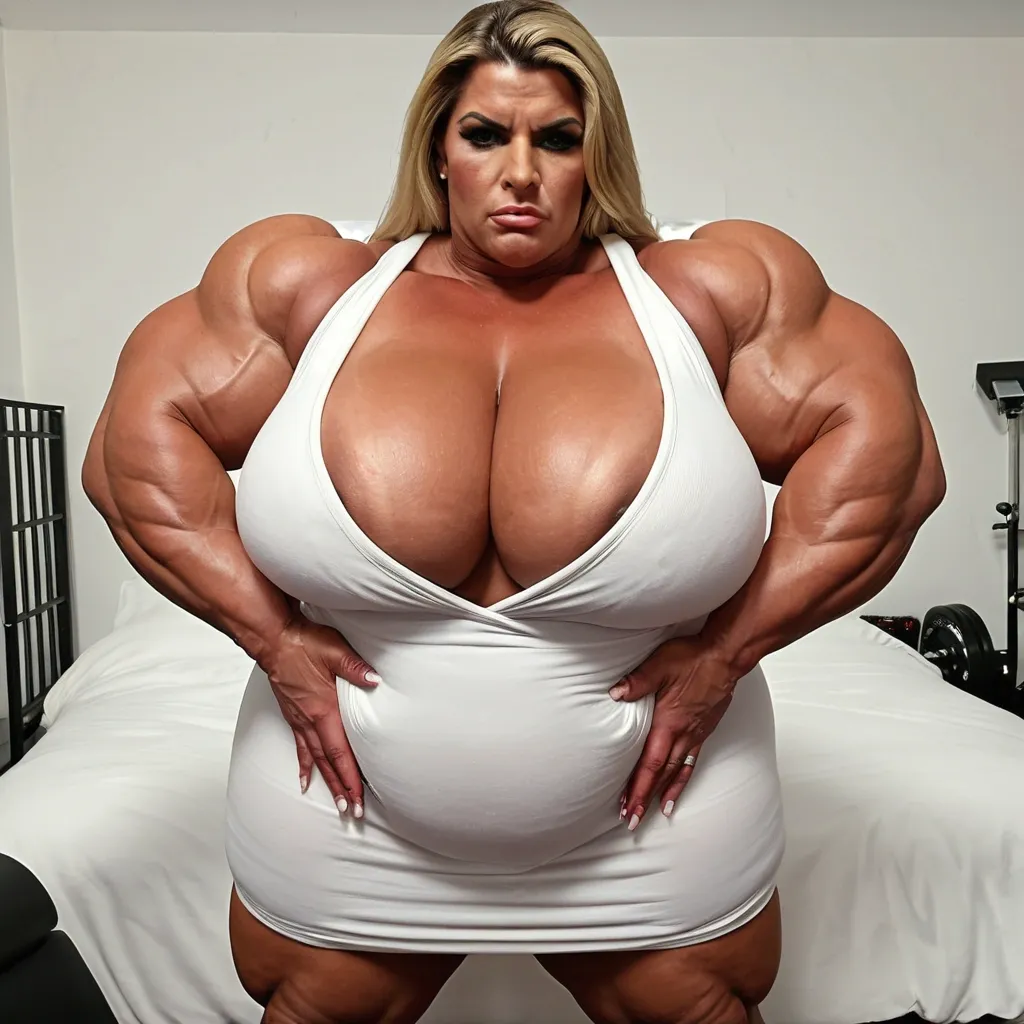
Very big Gorgeous female too big breast , bbw muscular enormous bimbo powerlifteuse , abnormally massive female muscular bodybuilder , bbw , Géante dame , Lady Diana face , curvacious , gorgeous , wearing sexiest sensual white sleep ample dress décolletée , gros biceps énormes , flexing muscles , cuisses en évidence , flexing biceps , make up , pov boxing poster ,
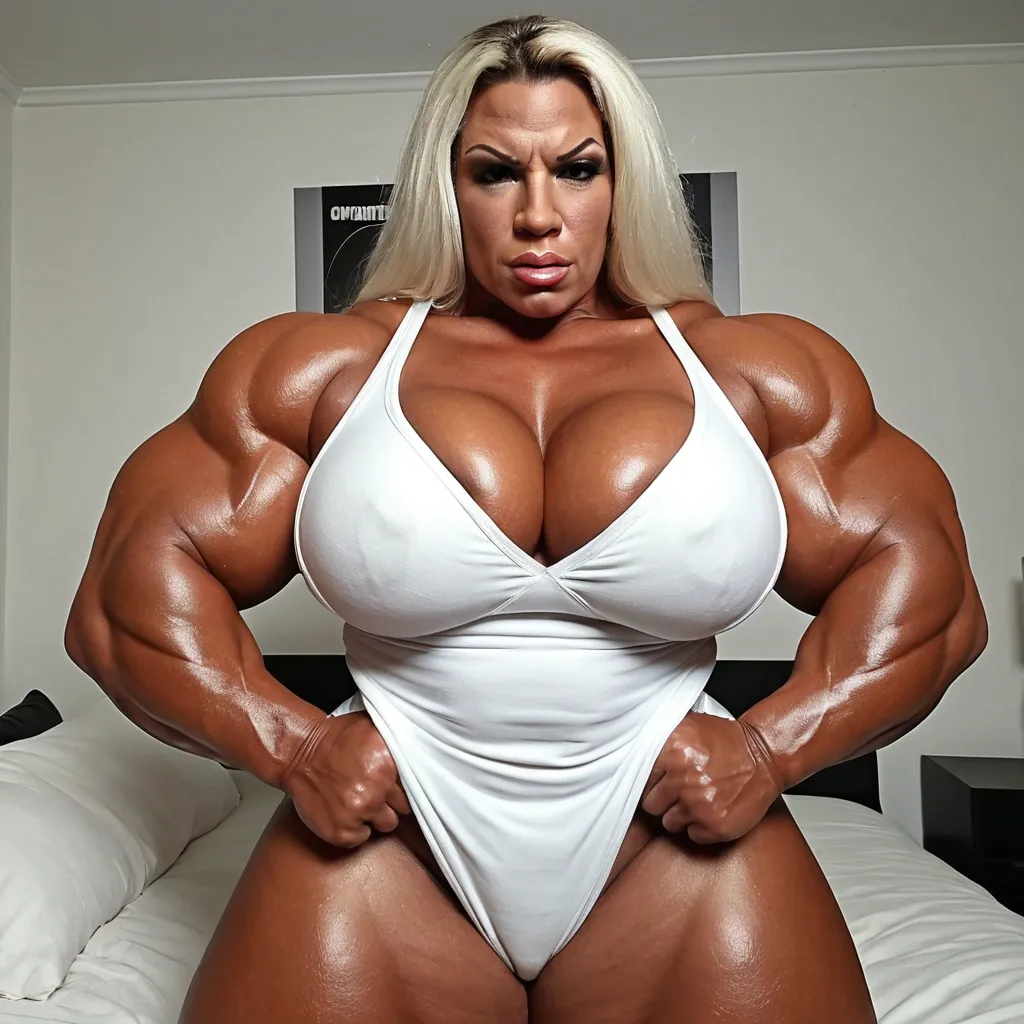
Very big Gorgeous female too big breast , bbw muscular enormous bimbo powerlifteuse , abnormally massive female muscular bodybuilder , bbw , Géante dame , Diana king face , curvacious , gorgeous , wearing sexiest sensual white sleep ample dress décolletée , gros biceps énormes , flexing muscles , cuisses en évidence , flexing biceps , make up , pov boxing poster ,
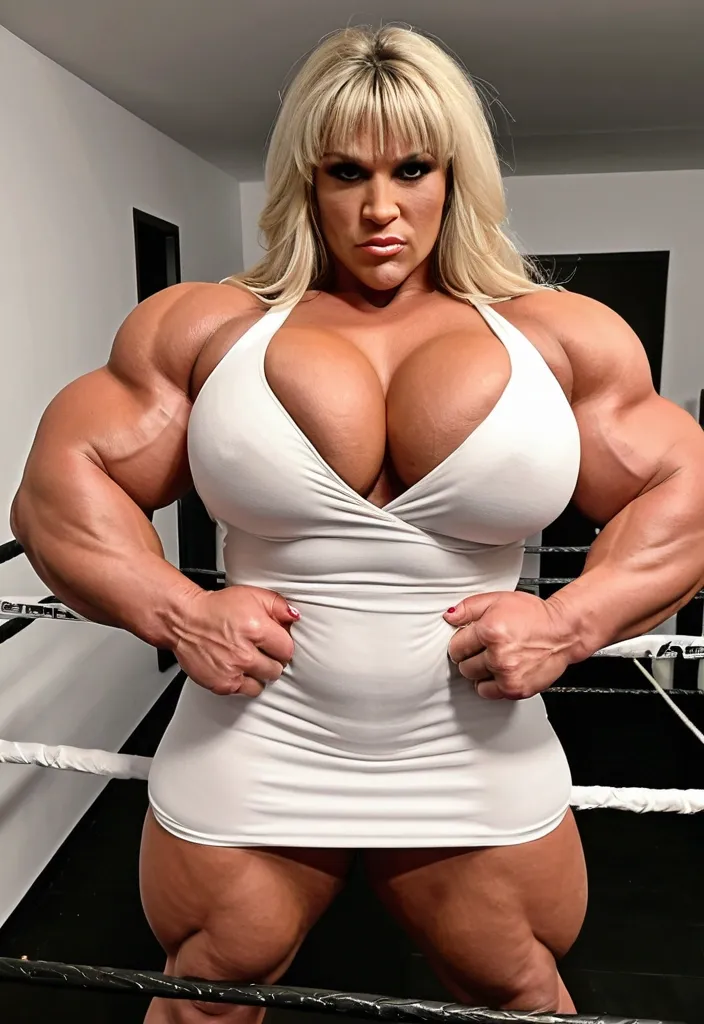
Very big Gorgeous female too big breast , bbw muscular enormous bimbo powerlifteuse , abnormally massive female muscular bodybuilder , bbw , Géante dame , Samantha fox face , curvacious , gorgeous , wearing sexiest sensual white sleep ample dress décolletée , gros biceps énormes , flexing muscles , cuisses en évidence , flexing biceps , make up , pov boxing poster ,
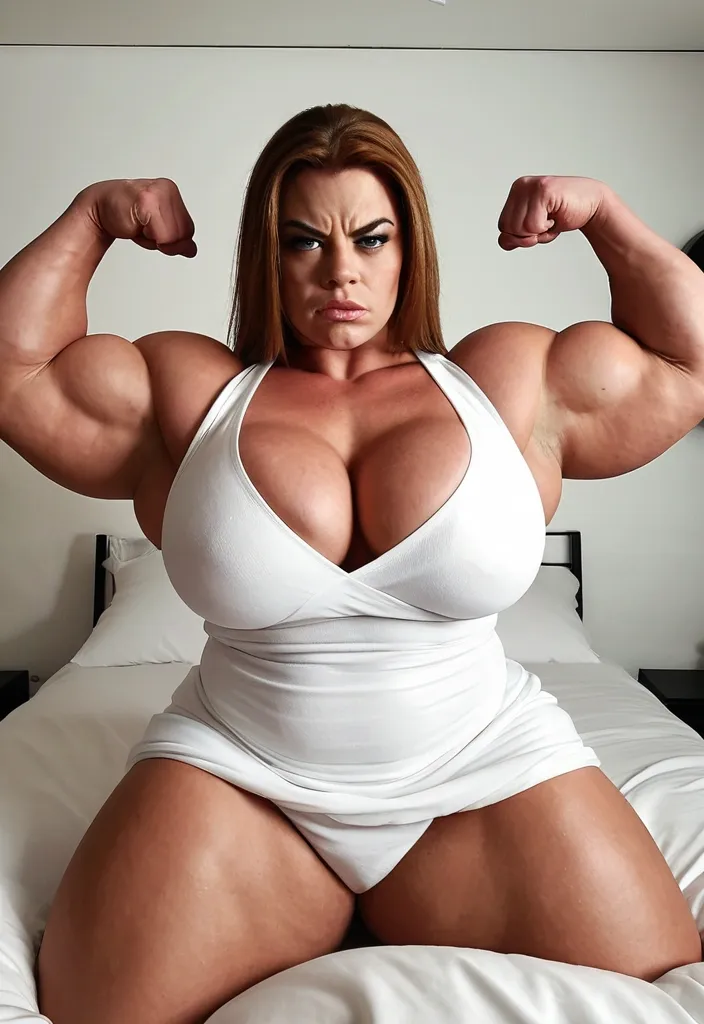
Very big Gorgeous female too big breast , bbw muscular enormous bimbo powerlifteuse , abnormally massive female muscular bodybuilder , bbw , Géante dame , Emma stone face , curvacious , gorgeous , wearing sexiest sensual white sleep ample dress décolletée , gros biceps énormes , flexing muscles , cuisses en évidence , flexing biceps , make up , pov boxing poster ,
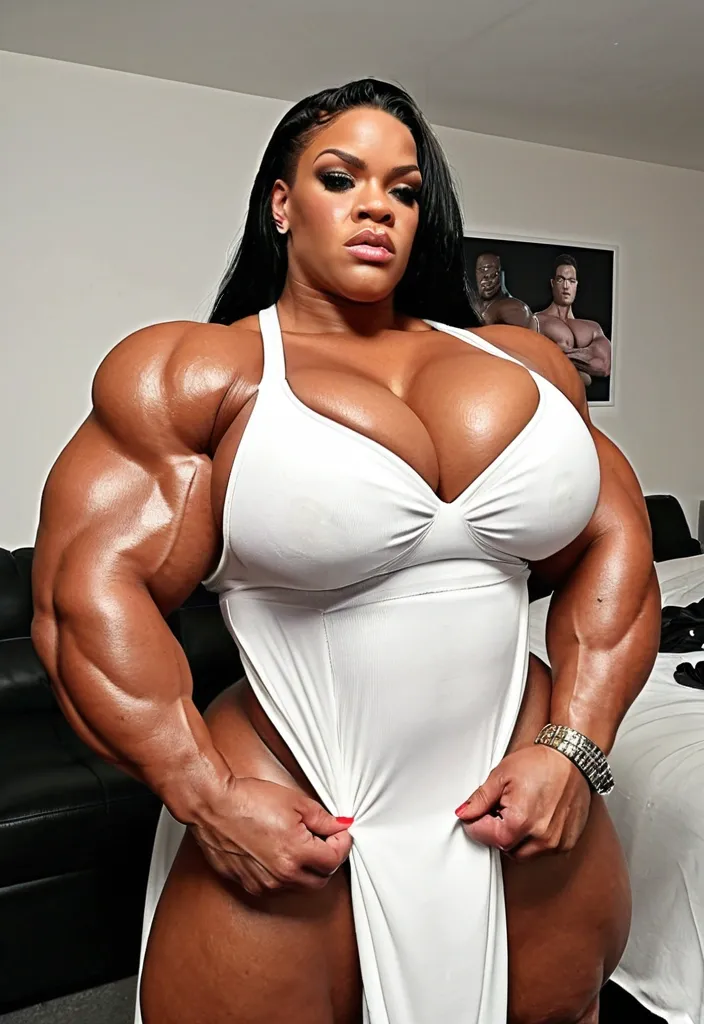
Very big Gorgeous female too big breast , bbw muscular enormous bimbo powerlifteuse , abnormally massive female muscular bodybuilder , bbw , Géante dame , Rihanna's face , curvacious , gorgeous , wearing sexiest sensual white sleep ample dress décolletée , gros biceps énormes , flexing muscles , cuisses en évidence , flexing biceps , make up , pov boxing poster ,
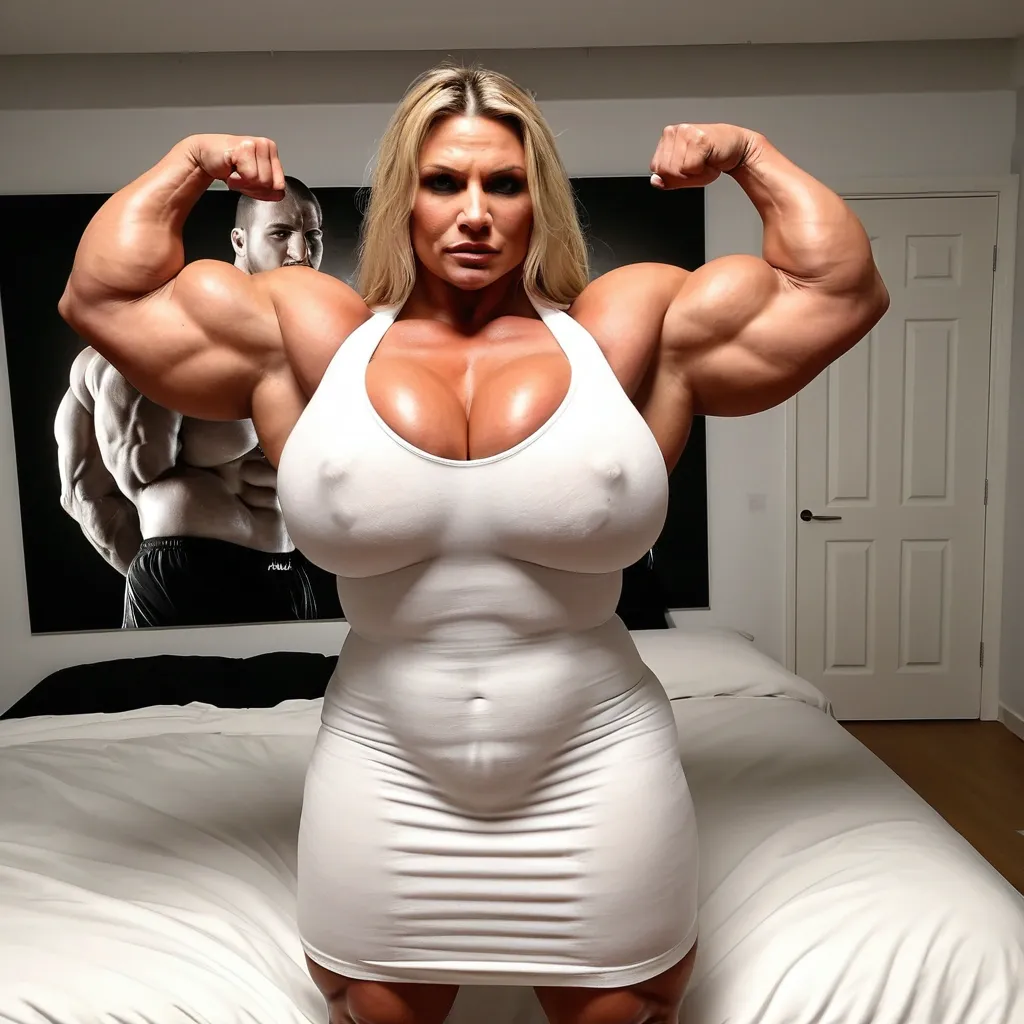
Very big Gorgeous female too big breast , bbw muscular enormous bimbo powerlifteuse , abnormally massive female muscular bodybuilder , bbw , Géante dame , Cameron Diaz face , curvacious , gorgeous , wearing sexiest sensual white sleep ample dress décolletée , gros biceps énormes , flexing muscles , cuisses en évidence , flexing biceps , make up , pov boxing poster ,
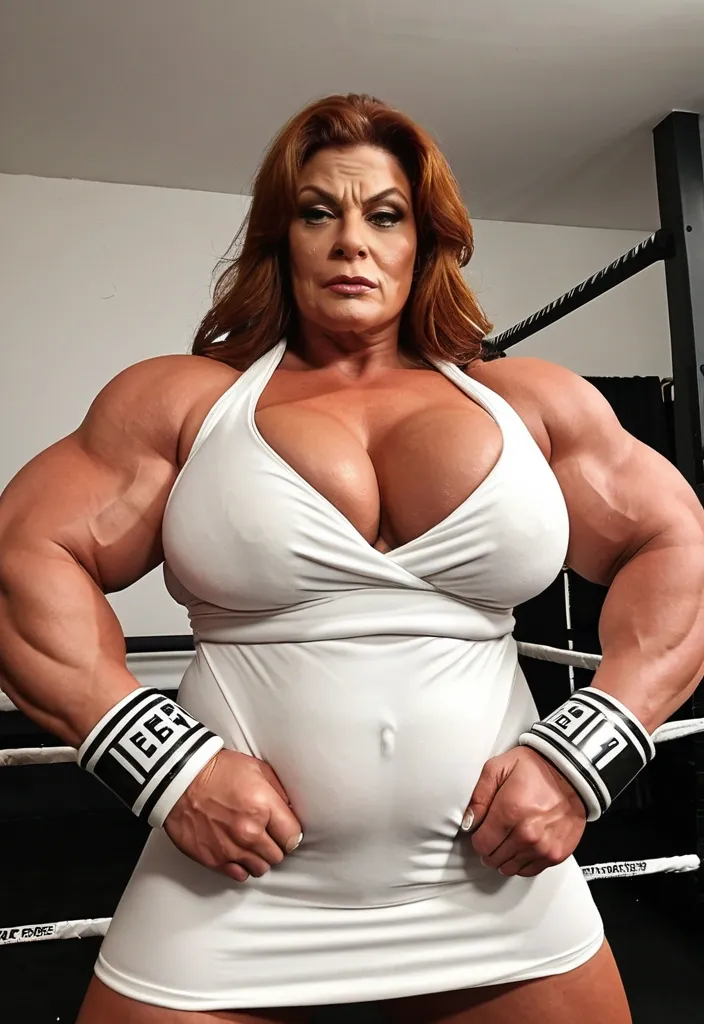
Very big Gorgeous female too big breast , bbw muscular enormous bimbo powerlifteuse , abnormally massive female muscular bodybuilder , bbw , Géante dame , susan sarandon face , curvacious , gorgeous , wearing sexiest sensual white sleep ample dress décolletée , gros biceps énormes , flexing muscles , cuisses en évidence , flexing biceps , make up , pov boxing poster ,
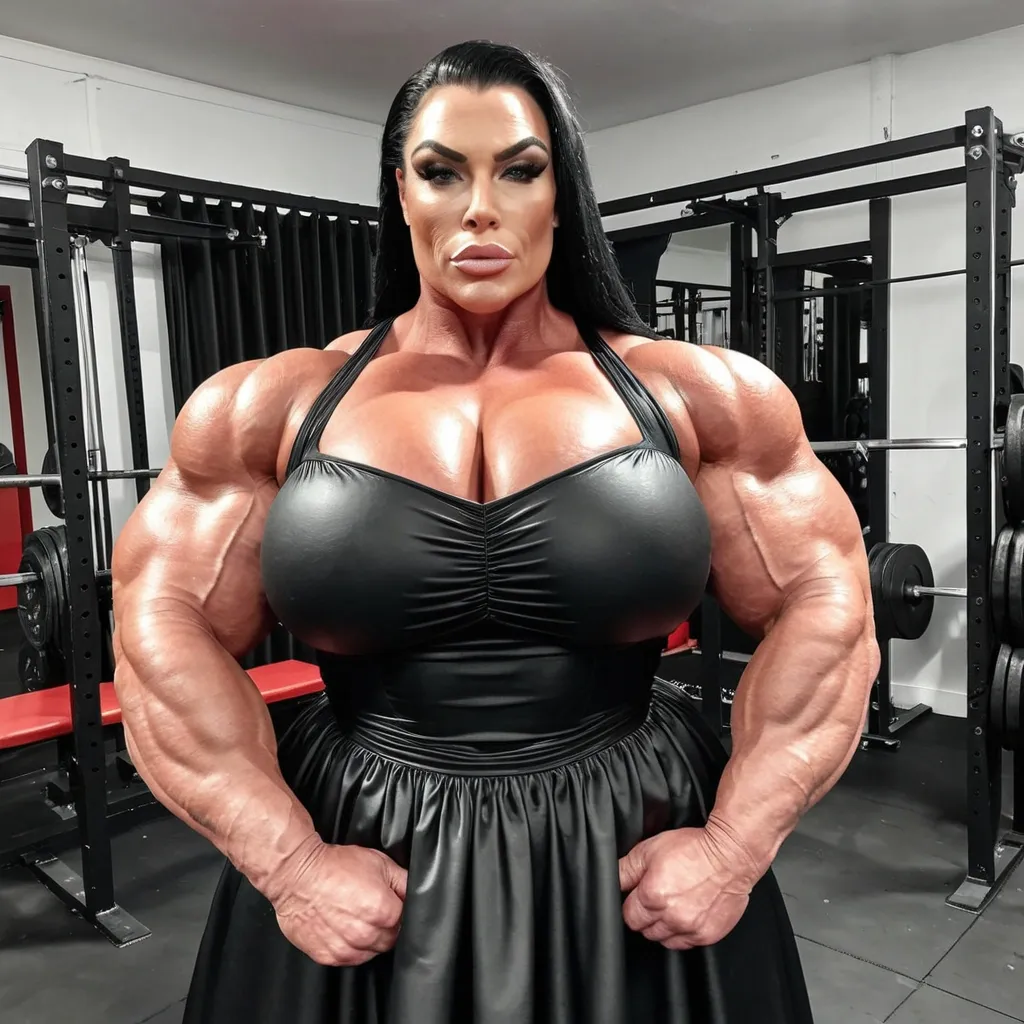
Very big Gorgeous female too big breast , bbw muscular enormous bimbo powerlifteuse , abnormally massive female muscular bodybuilder , bbw , Géante dame , anya Taylor joy face , curvacious , gorgeous , wearing sexiest sensual black sleep ample dress décolletée , gros biceps énormes , flexing muscles , cuisses en évidence , flexing biceps , make up , pov boxing poster ,
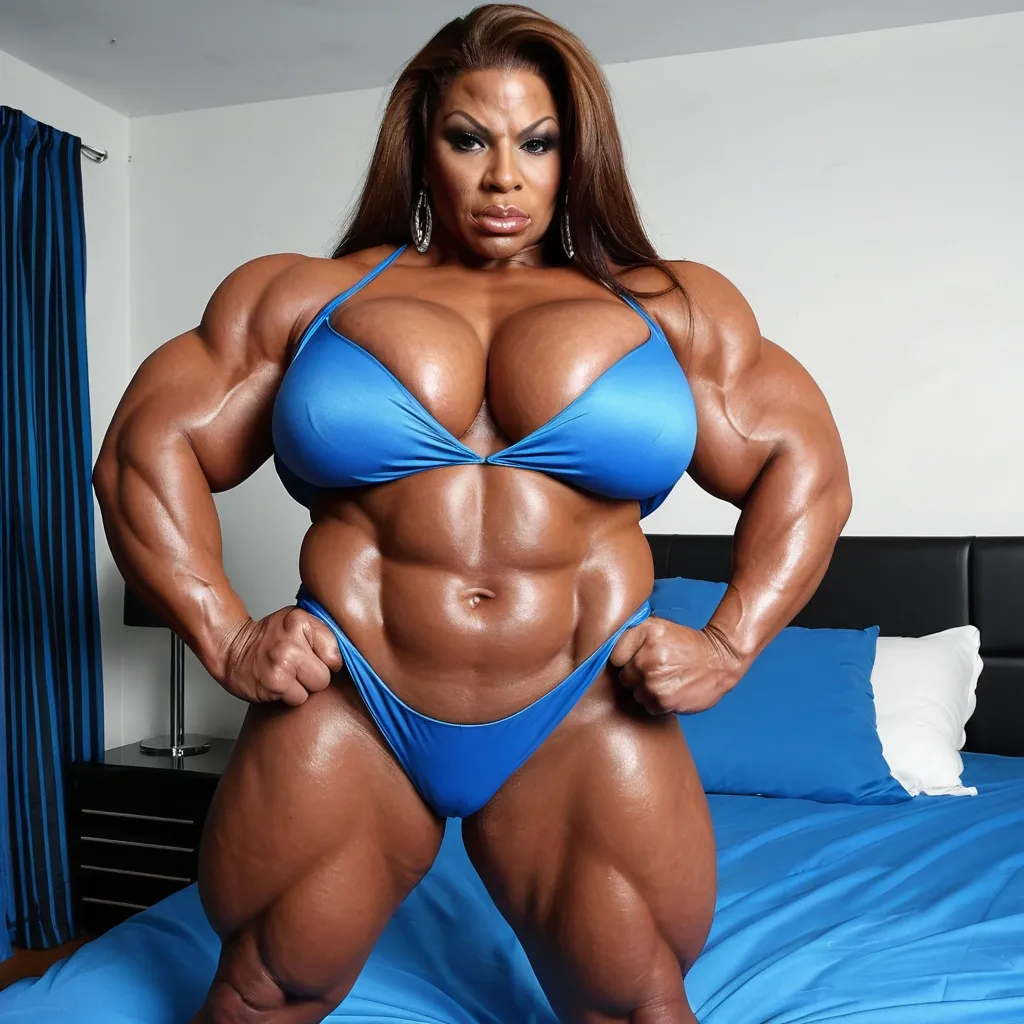
Very big Gorgeous female stripper too big breast , bbw muscular enormous bimbo powerlifteuse , abnormally massive female muscular bodybuilder , bbw , Janet Jackson face , curvacious , gorgeous , wearing sexiest sensual long ample blue bedroom dress , gros biceps et ses seins debordants , flexing muscles , cuisses en évidence , flexing biceps , make up , striptease pose ,
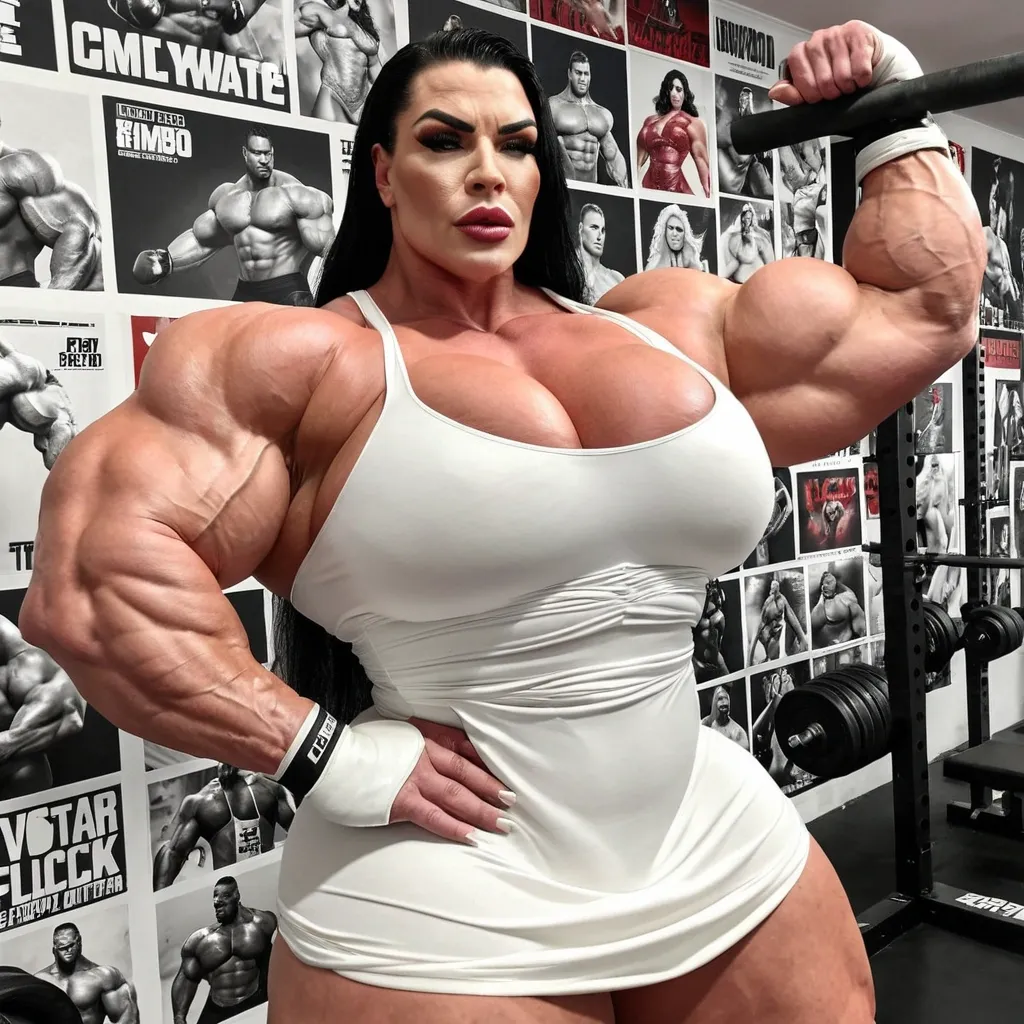
Very big Gorgeous female too big breast , bbw muscular enormous bimbo powerlifteuse , abnormally massive female muscular bodybuilder , bbw , Géante dame , anya Taylor joy face , curvacious , gorgeous , wearing sexiest sensual white sleep ample dress décolletée , gros biceps énormes , flexing muscles , cuisses en évidence , flexing biceps , make up , pov boxing poster ,
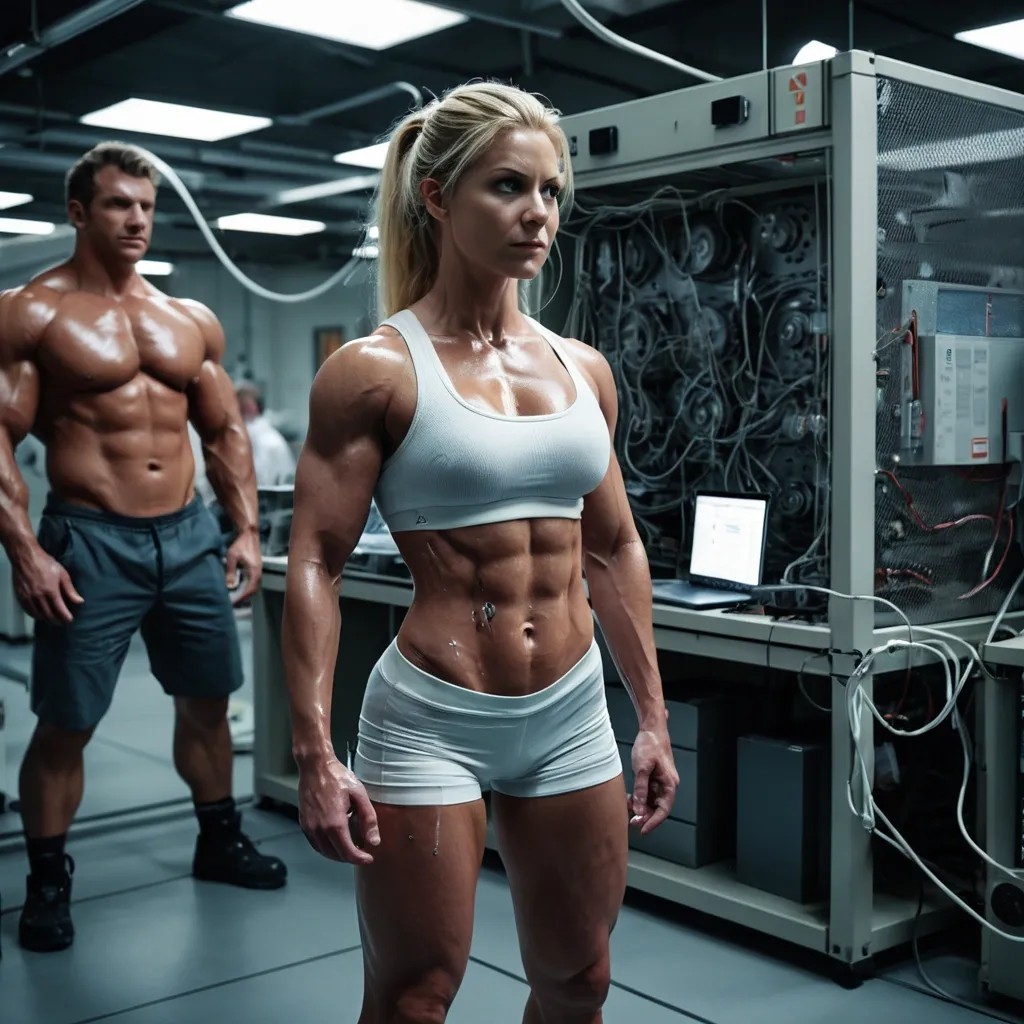
Inside a state-of-the-art research facility , one of the towering , hyper-muscular blondes stands calmly under bright industrial lights , surrounded by a team of stunned scientists and technicians. She wears a reinforced custom sports bra and micro-shorts , still barely managing to contain her exaggerated curves and outrageously muscular form. Wires , sensors , and biometric pads line her biceps , chest , and quads — trying to capture data as she flexes for the assembled team. Behind her is a steel test rig rated for 10 tons — visibly trembling as she curls a solid 600-pound barbell like it’s made of foam. Her vascular , glistening biceps swell with every rep , stretching the skin like drumheads. Nearby monitors show numbers spiking beyond red zones , graphs crashing , and readings that no one has ever seen before. One screen simply flashes: **“ERROR — MAX LIMIT EXCEEDED”** The second woman stands off to the side , already tested and still cooling down , a towel slung over her mountainous shoulder. She watches her rival with crossed arms and a subtle , amused grin — waiting to see if the machines can handle her , too. The lab is a blend of ultra-modern science and disbelief. Crates of bent steel samples , cracked pressure pads , and failed grip test rigs line the walls. A group of scientists , some wide-eyed and others scribbling furiously , huddle near the data terminals. One whispers , “This can’t be real , ” while another simply stares , jaw slack. Shot on Canon EOS R5 and RED Komodo 6K , 35mm lens , ISO 100 , f/2.2 , cinematic industrial light temperature (cool white with warm highlights). 8K ultra-photorealistic , extreme detail in muscle strain , lab tech reflections , fabric tension , HDR lighting , sweat glisten , glowing monitor displays. --no cartoon , anime , stylization , nudity , blur , smoothing , distortions , uncanny rendering ,
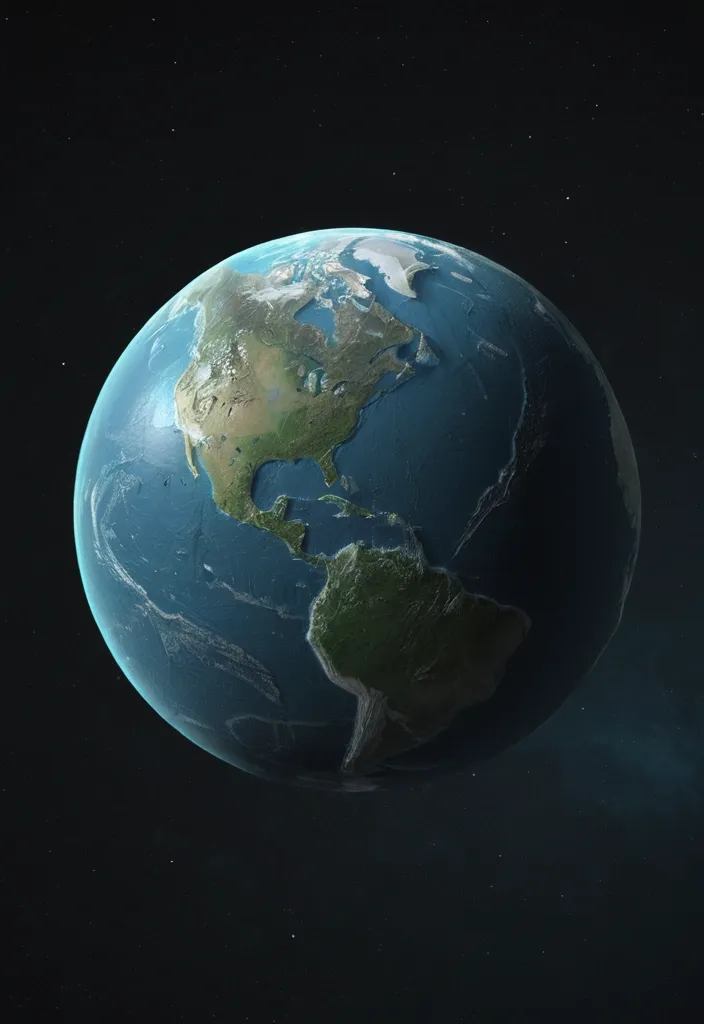
Render a realistic spherical planet that fills the frame , with fictional , non-Earth landmasses. The landmasses should be textured and colored based on the provided example images. Instead of oceans , leave all non-land areas as clean alpha transparency. The result should be a full 3D planet — not a flat map — with only the continents visible , and the rest of the globe fading into alpha where water would be. No stars , no space , no atmosphere , no background — just the planet on alpha ,
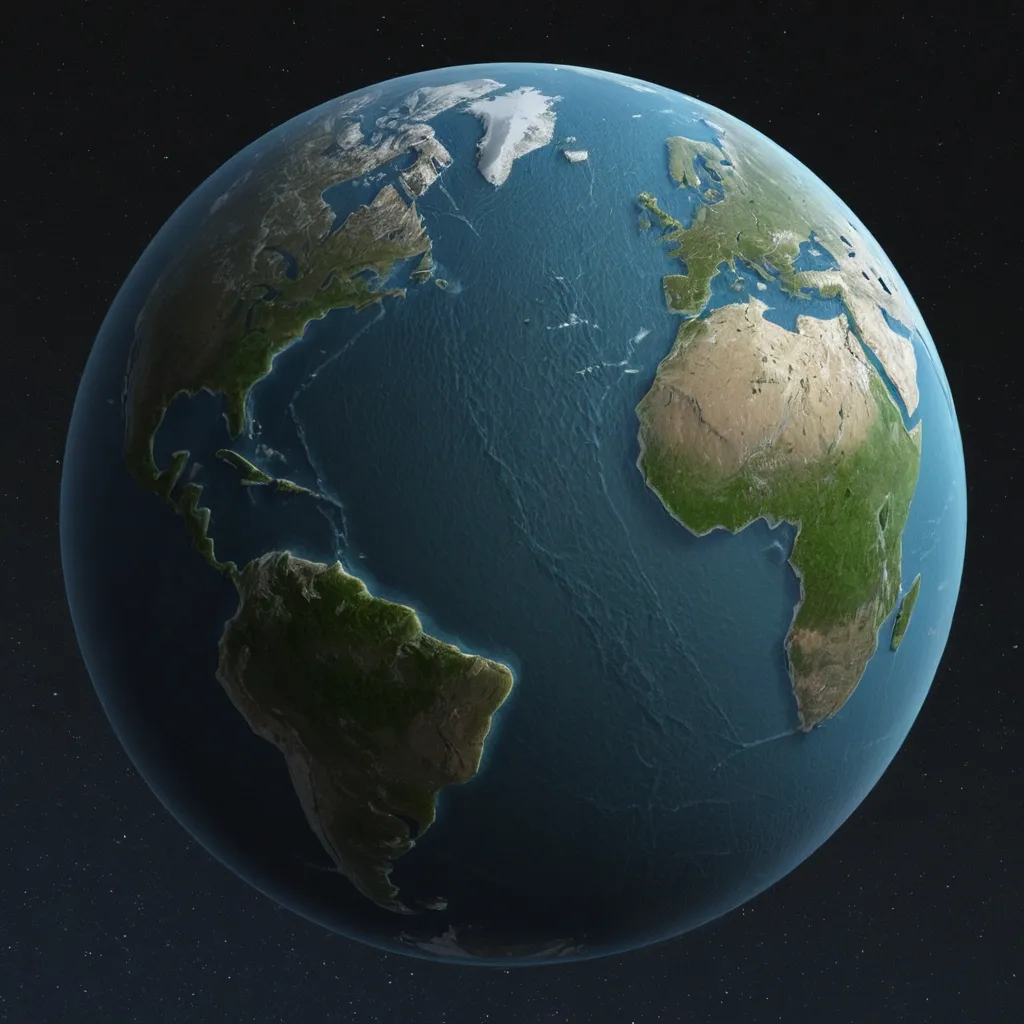
Render a realistic spherical planet that fills the frame , with fictional , non-Earth landmasses. The landmasses should be textured and colored based on the provided example images. Instead of oceans , leave all non-land areas as clean alpha transparency. The result should be a full 3D planet — not a flat map — with only the continents visible , and the rest of the globe fading into alpha where water would be. No stars , no space , no atmosphere , no background — just the planet on alpha ,
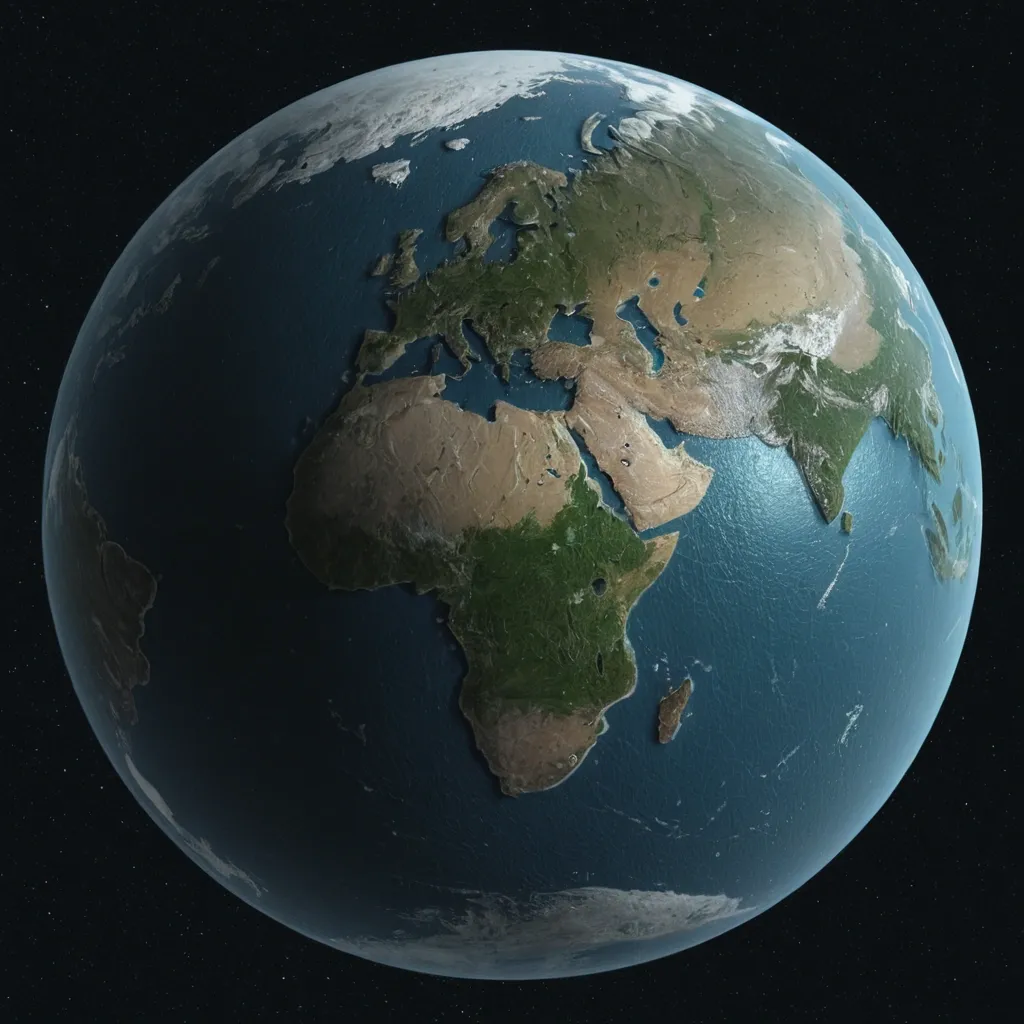
Render a realistic spherical planet that fills the frame , with fictional , non-Earth landmasses. The landmasses should be textured and colored based on the provided example images. Instead of oceans , leave all non-land areas as clean alpha transparency. The result should be a full 3D planet — not a flat map — with only the continents visible , and the rest of the globe fading into alpha where water would be. No stars , no space , no atmosphere , no background — just the planet on alpha ,
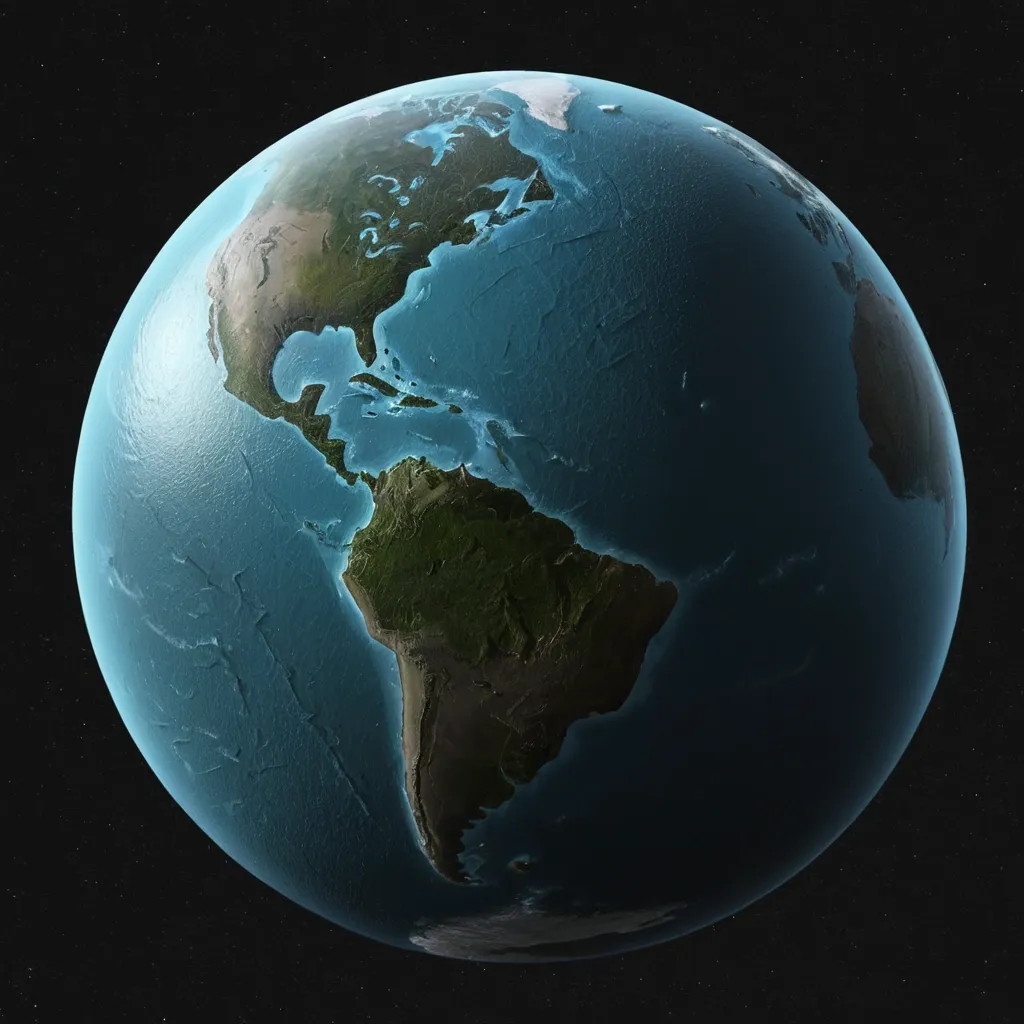
Render a realistic spherical planet that fills the frame , with fictional , non-Earth landmasses. The landmasses should be textured and colored based on the provided example images. Instead of oceans , leave all non-land areas as clean alpha transparency. The result should be a full 3D planet — not a flat map — with only the continents visible , and the rest of the globe fading into alpha where water would be. No stars , no space , no atmosphere , no background — just the planet on alpha ,

Render a realistic spherical planet that fills the frame , with fictional , non-Earth landmasses. The landmasses should be textured and colored based on the provided example images. Instead of oceans , leave all non-land areas as clean alpha transparency. The result should be a full 3D planet — not a flat map — with only the continents visible , and the rest of the globe fading into alpha where water would be. No stars , no space , no atmosphere , no background — just the planet on alpha ,
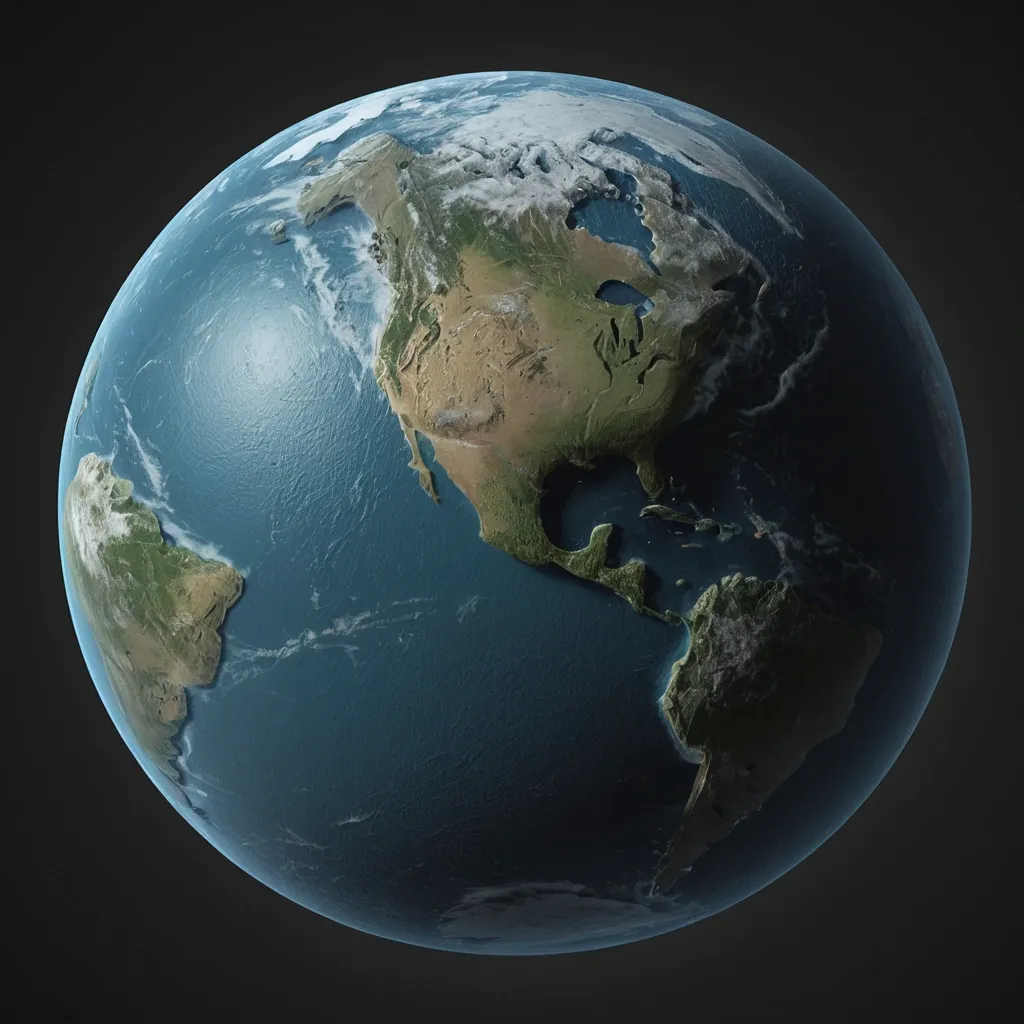
Render a realistic spherical planet that fills the frame , with fictional , non-Earth landmasses. The landmasses should be textured and colored based on the provided example images. Instead of oceans , leave all non-land areas as clean alpha transparency. The result should be a full 3D planet — not a flat map — with only the continents visible , and the rest of the globe fading into alpha where water would be. No stars , no space , no atmosphere , no background — just the planet on alpha ,
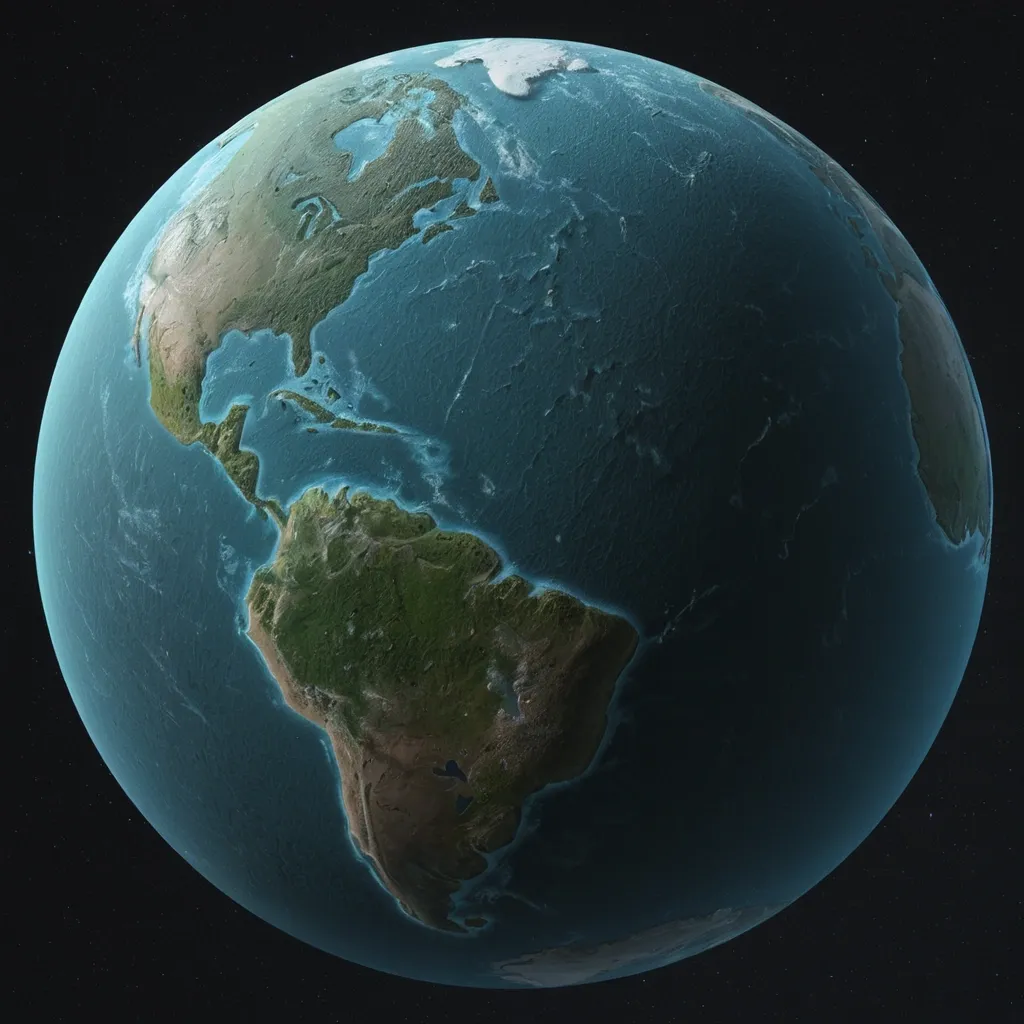
Render a realistic spherical planet that fills the frame , with fictional , non-Earth landmasses. The landmasses should be textured and colored based on the provided example images. Instead of oceans , leave all non-land areas as clean alpha transparency. The result should be a full 3D planet — not a flat map — with only the continents visible , and the rest of the globe fading into alpha where water would be. No stars , no space , no atmosphere , no background — just the planet on alpha ,
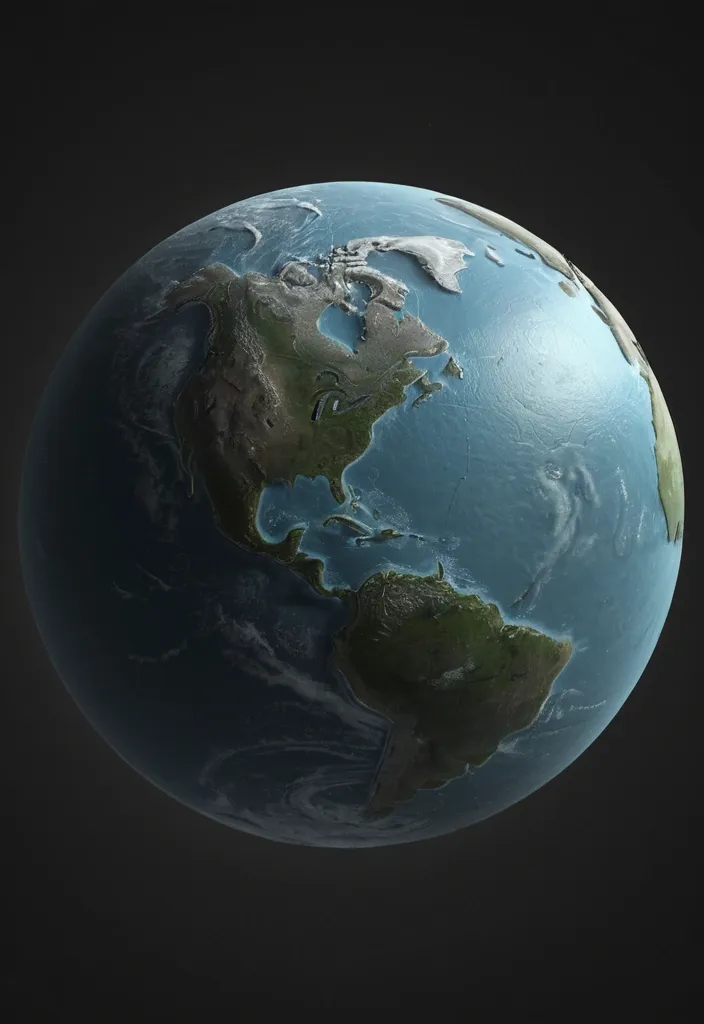
Render a realistic spherical planet that fills the frame , with fictional , non-Earth landmasses. The landmasses should be textured and colored based on the provided example images. Instead of oceans , leave all non-land areas as clean alpha transparency. The result should be a full 3D planet — not a flat map — with only the continents visible , and the rest of the globe fading into alpha where water would be. No stars , no space , no atmosphere , no background — just the planet on alpha ,

